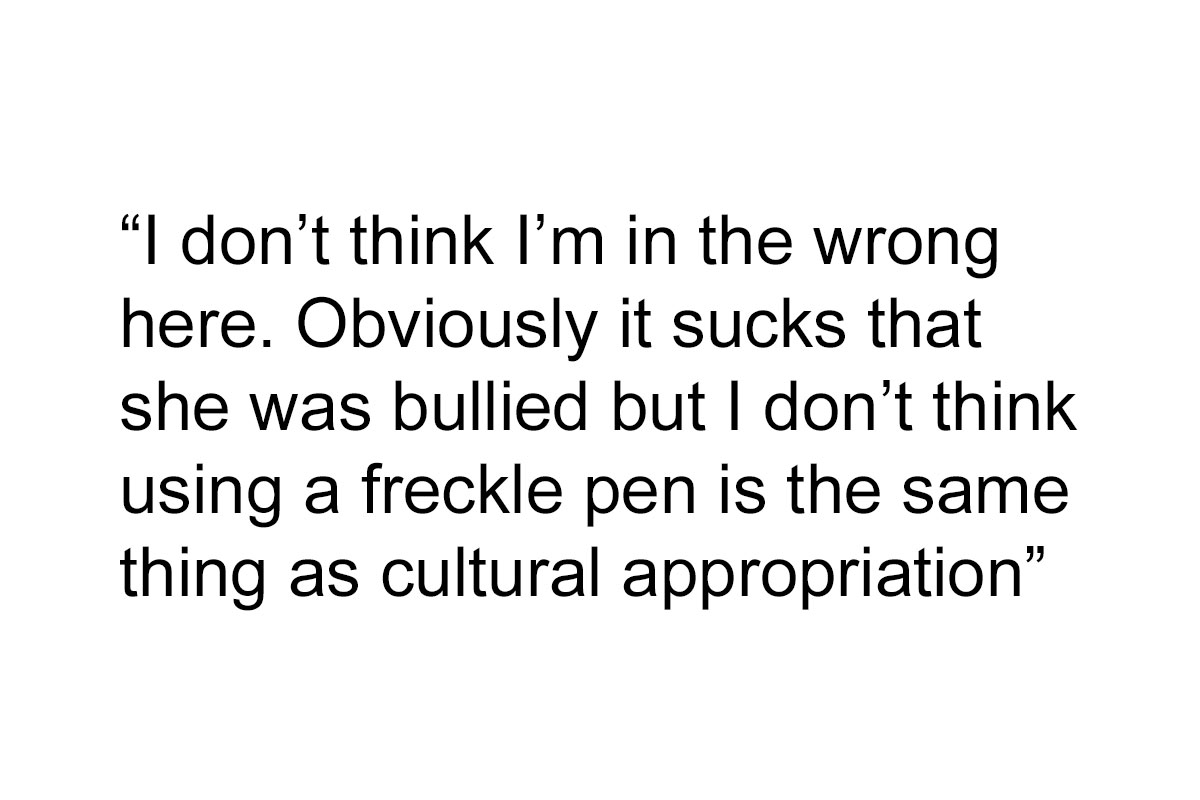
Woman Misses Her Freckles So She Paints Them On, Gets Called Out For ‘Cultural Appropriation’
Cultural appropriation in beauty and fashion is nothing new. But today, it seems impossible that white models could walk a runway in dreadlocks, tribal and Native American dress, or geisha makeup and kimonos. Appropriation happens when consumers or companies use and manufacture products that either promote cultural stereotypes or take inspiration from that culture without respect for its history.
But where do we draw the line? Can painting on freckles when you don’t naturally have any be considered appropriation? Because this woman got called out by her friend for doing exactly that. Wanting to know whether her friend was right, the woman asked the Internet: are fake freckles cultural appropriation?
This woman wanted a sun-kissed look without the sun damage, so she decided to paint some faux freckles on her face
Image credits: Chermiti Mohamed / Unsplash (not the actual photo)
But she got called out by her friend for cultural appropriation
Image credits: Rosa Rafael / Unsplash (not the actual photo)
Image credits: Moths2Flamez
The woman gave more information in the comments
Image credits: Chermiti Mohamed / Unsplash (not the actual photo)
People used to make fun of freckled faces, but now it’s part of the ‘natural look’ trend
Just like the friend in this story, many naturally freckled people feel insecure about the spots. It can be hard to understand why something they were relentlessly made fun of and bullied for in middle and high school is now a beauty trend.
They say that back then, it was considered a flaw. As one freckled person writes, freckles used to be something you wanted to get rid of: “I remember asking my cousin at 5 years old if I could surgically remove my freckles and crying when she broke [it] to me that I’d be stuck with what she called giraffe spots my whole life.”
Historically, people covered up freckles with white makeup because they meant a person spent a considerable amount of time in the sun. A pale face signified that a person was from the upper class. Freckles, in turn, betrayed that the individual worked outside in the sun. In the 17th century, people even considered freckles to be the mark of the devil.
Now, it seems that people did a complete 180 on freckles. Fashion historian Kimberly Chrisman-Campbell told The New York Times that in the late 20th century, freckles came to be associated with youth and leisure. In the 1960s, it was pop culture icons like Twiggy and Jane Birkin who popularized freckles. In the 2010s, it was Meghan Markle, who appeared with a freckled face during her wedding to Prince Harry.
Makeup artist Jenna Kristina told The Washington Post how celebrities like Lucy Liu and Alicia Keys popularized freckles, too. According to her, a lot of freckled models have been in high demand since the mid-2010s, as marketers opted for a clean, pleasant, direct-to-consumer aesthetic.
“I have friends that are models and when they were younger, they couldn’t get booked to save their lives,” Kristina told The Post. “Everybody would be like, ‘Can you cover their freckles?'”
Image credits: Lina Verovaya / Unsplash (not the actual photo)
Fake freckles have their haters and lovers
Putting fake freckles on has become a trend in the last couple of years. Some, like the woman in this story, use freckle pens to put temporary freckles on their face. Others choose to tattoo semi-permanent freckles.
When it comes to opinions on the topic, people are divided into two camps: those who think it’s insensitive and offensive to sport freckles when you don’t naturally have them and those who are happy to see that this feature is finally celebrated as beautiful.
Freckles appear naturally when a person has had too much exposure to the sun. Dr. Priyanka Reddy, founder, MD, and chief dermatologist at DNA Skin Clinic, told Elle India that they’re not harmless: “Continuous sun exposure leads to an increase in freckles and the chances of melanoma as well.”
She tries to look at both sides of the argument: “The good part about this trend is that it is harmless and fun (to people who enjoy doing this) and questionably promotes skin positivity. The sad part about it is faking a skin condition that you don’t have and working hard to look natural.”
Those who are for faking freckles claim that freckle pens and semi-permanent tattoos are about celebrating physical flaws and unique attributes. For some people, it might even be about hiding scars or other skin imperfections.
It seems that people tend to want freckles only when they look aesthetically pleasing: just a smattering of tiny sun spots around one’s nose. And natural freckles often cover people’s entire faces, shoulders, and arms. Undoubtedly, it’s a good idea to keep both points of view in mind when considering sporting fake freckles.
Most people agreed that if the woman wants freckles, she should be able to have them
The last commenter could be friends with the offended part "l have freckles all over and l find it irritating that they paint them only on the right places" Well, l have grey hairs all over and l'm not offended that people get a flattering grey streak at the hairdressers 🤣 Get over yourselves, people.
I'm short-sighted, do I get offended when people wear glasses just a s a fashion statement? Of course not, why should I care? and freckles are not a "culture". Man, people are stupid sometimes
Load More Replies...What culture is being appropriated? How ridiculous. Most cultures have a lot of cross over and when you live in a melting pot it bleeds. But freckles are just genetic skin conditions. Boo hoo, kids suck. No one is appropriating your trauma.
The only way this is culture appropriation is if she dyed her hair bright orange, wore a green leprecan hat and walked around with a Guiness in her hand.
Load More Replies...I have dark hair, so if any of you plan to dye your hair dark it won't sit well in my soul. Think on THAT!!
I have red hair and therefore no soul so you can appropriate my haircolour... Also, my culture is dandruff-based; whenever any child uses glitter I feel it is an offensive imitation of my culture.
Load More Replies...The last commenter could be friends with the offended part "l have freckles all over and l find it irritating that they paint them only on the right places" Well, l have grey hairs all over and l'm not offended that people get a flattering grey streak at the hairdressers 🤣 Get over yourselves, people.
I'm short-sighted, do I get offended when people wear glasses just a s a fashion statement? Of course not, why should I care? and freckles are not a "culture". Man, people are stupid sometimes
Load More Replies...What culture is being appropriated? How ridiculous. Most cultures have a lot of cross over and when you live in a melting pot it bleeds. But freckles are just genetic skin conditions. Boo hoo, kids suck. No one is appropriating your trauma.
The only way this is culture appropriation is if she dyed her hair bright orange, wore a green leprecan hat and walked around with a Guiness in her hand.
Load More Replies...I have dark hair, so if any of you plan to dye your hair dark it won't sit well in my soul. Think on THAT!!
I have red hair and therefore no soul so you can appropriate my haircolour... Also, my culture is dandruff-based; whenever any child uses glitter I feel it is an offensive imitation of my culture.
Load More Replies...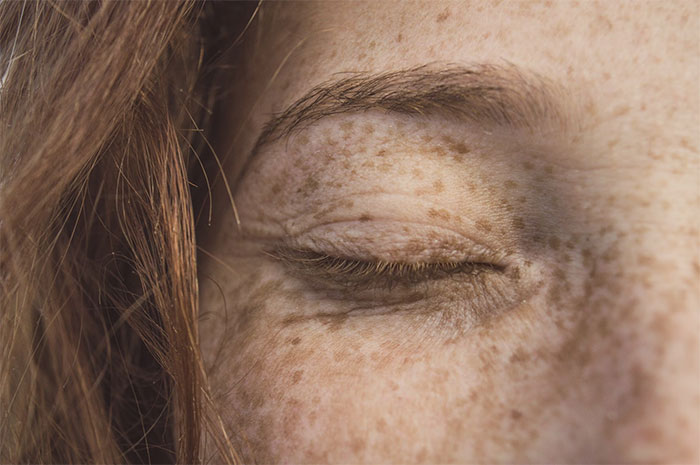
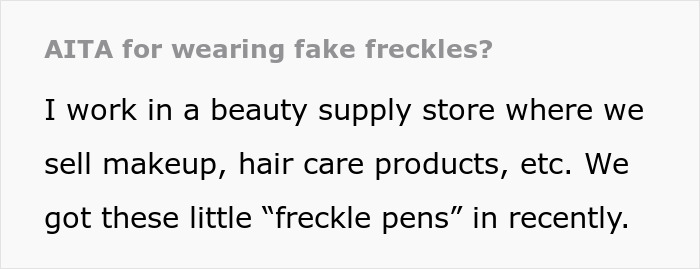
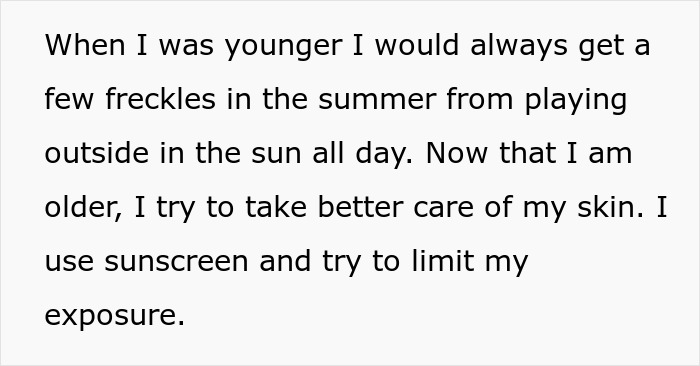
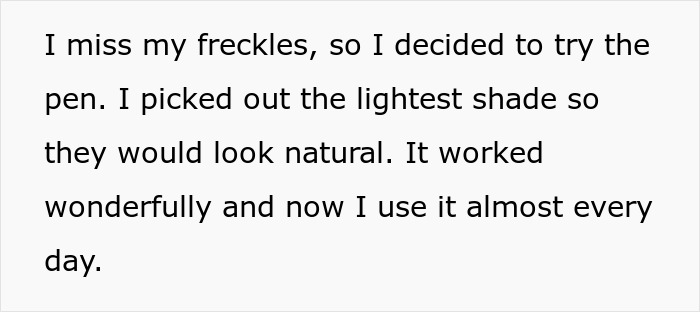
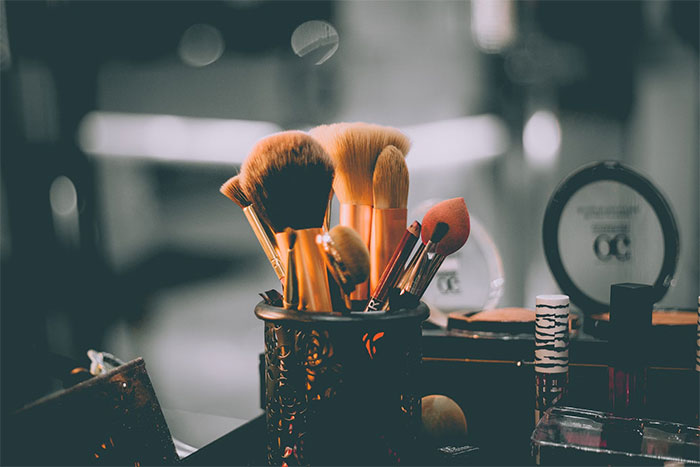
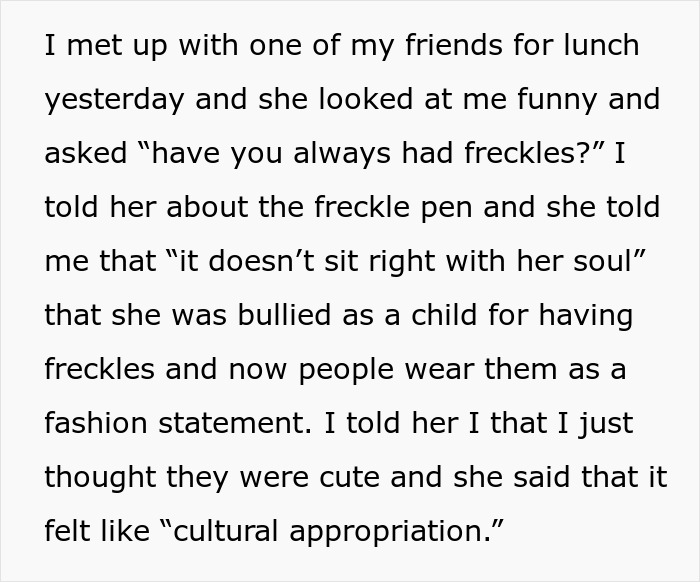
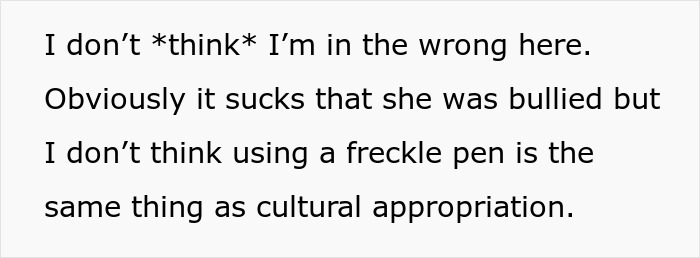
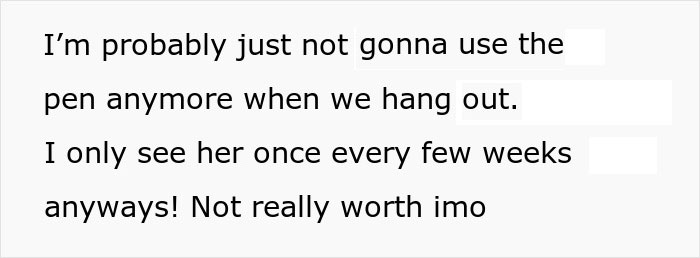
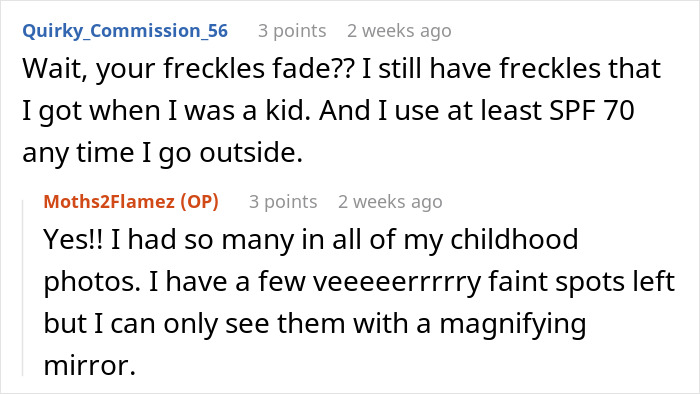
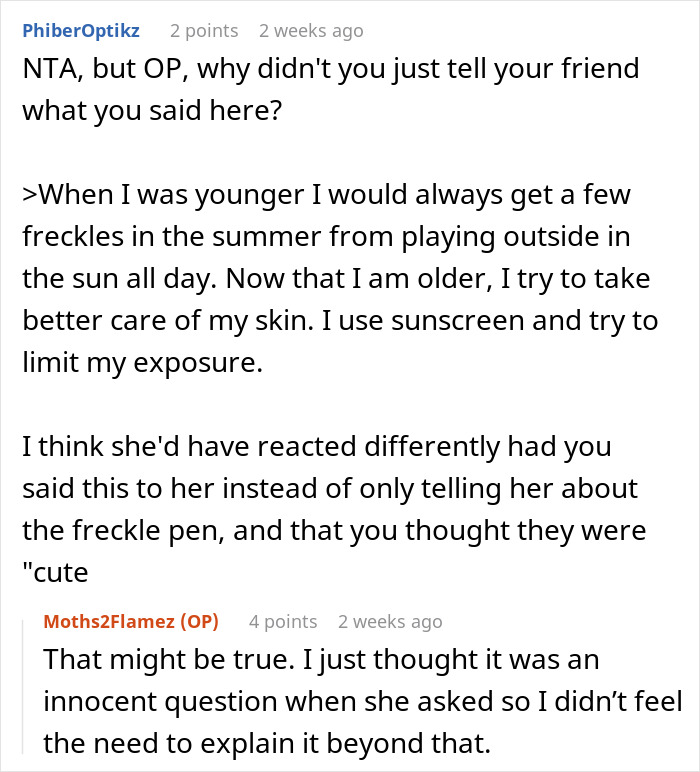
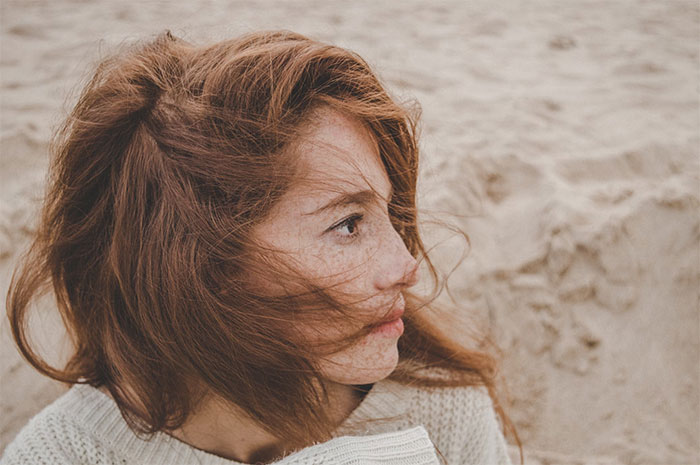
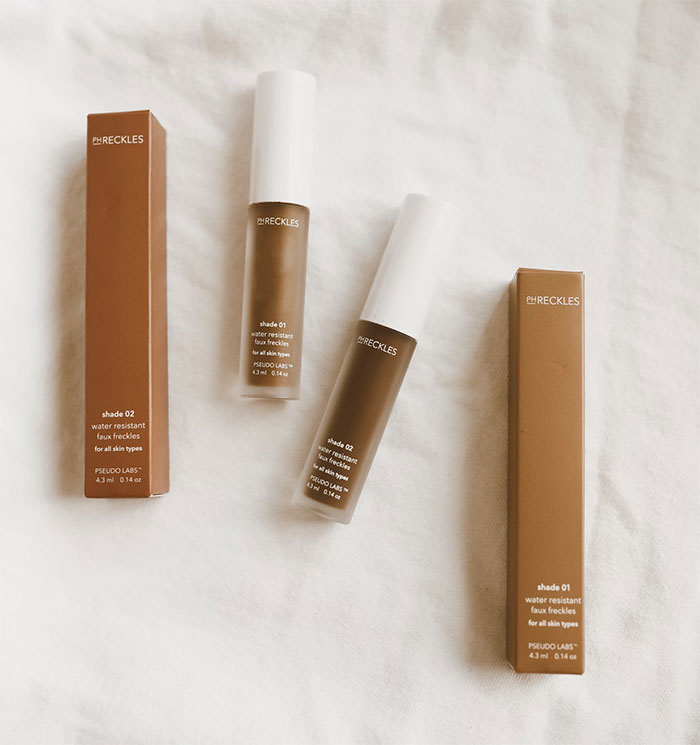
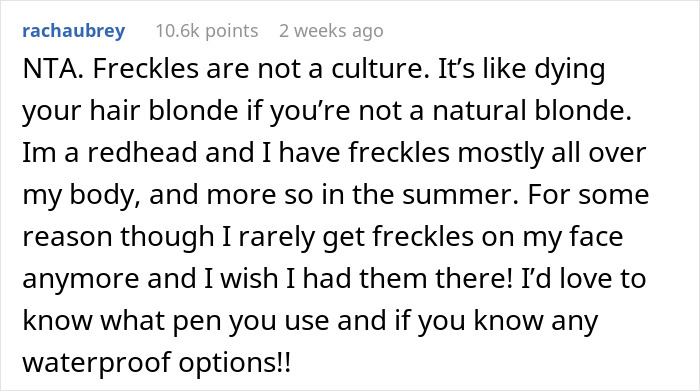
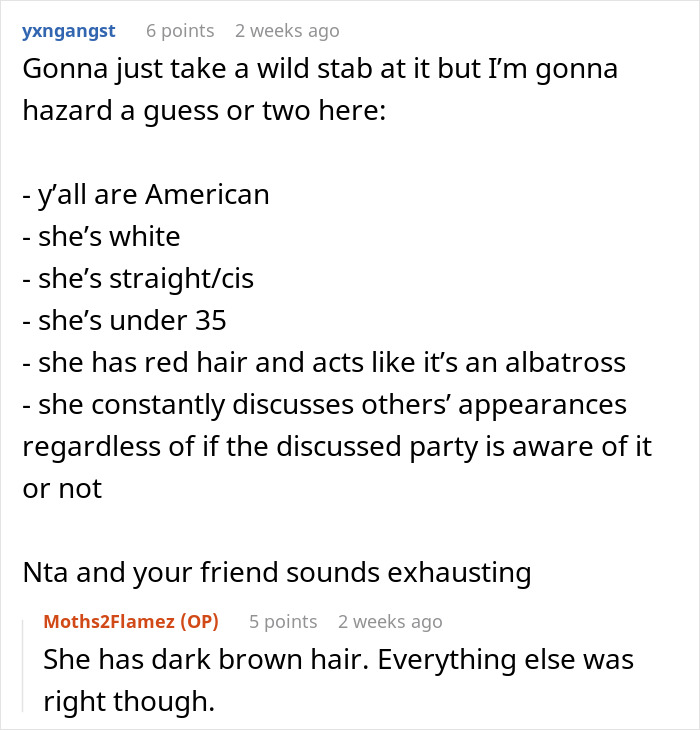

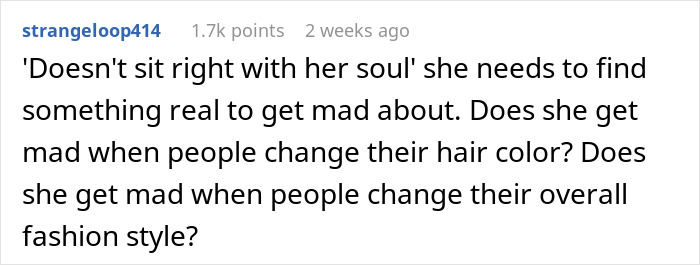
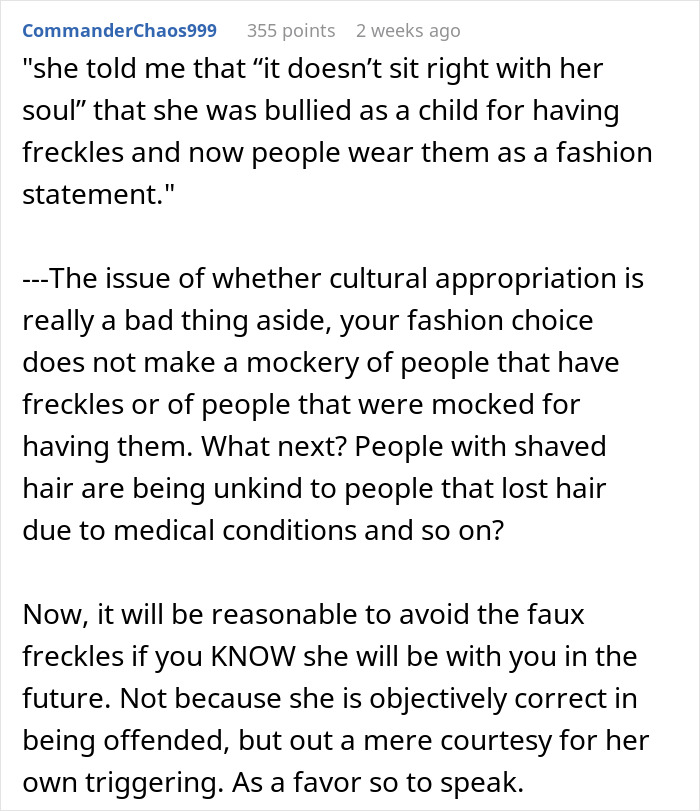




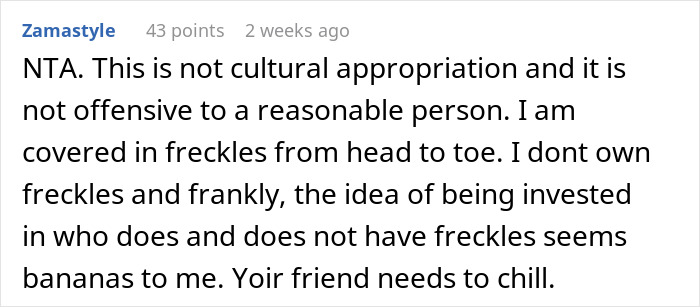
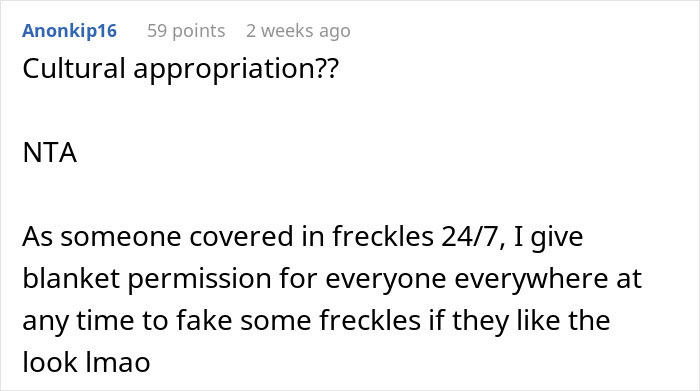
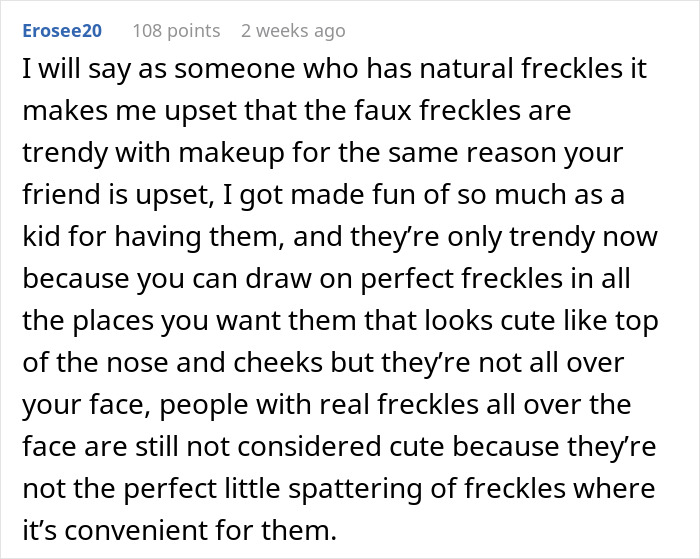




32
76